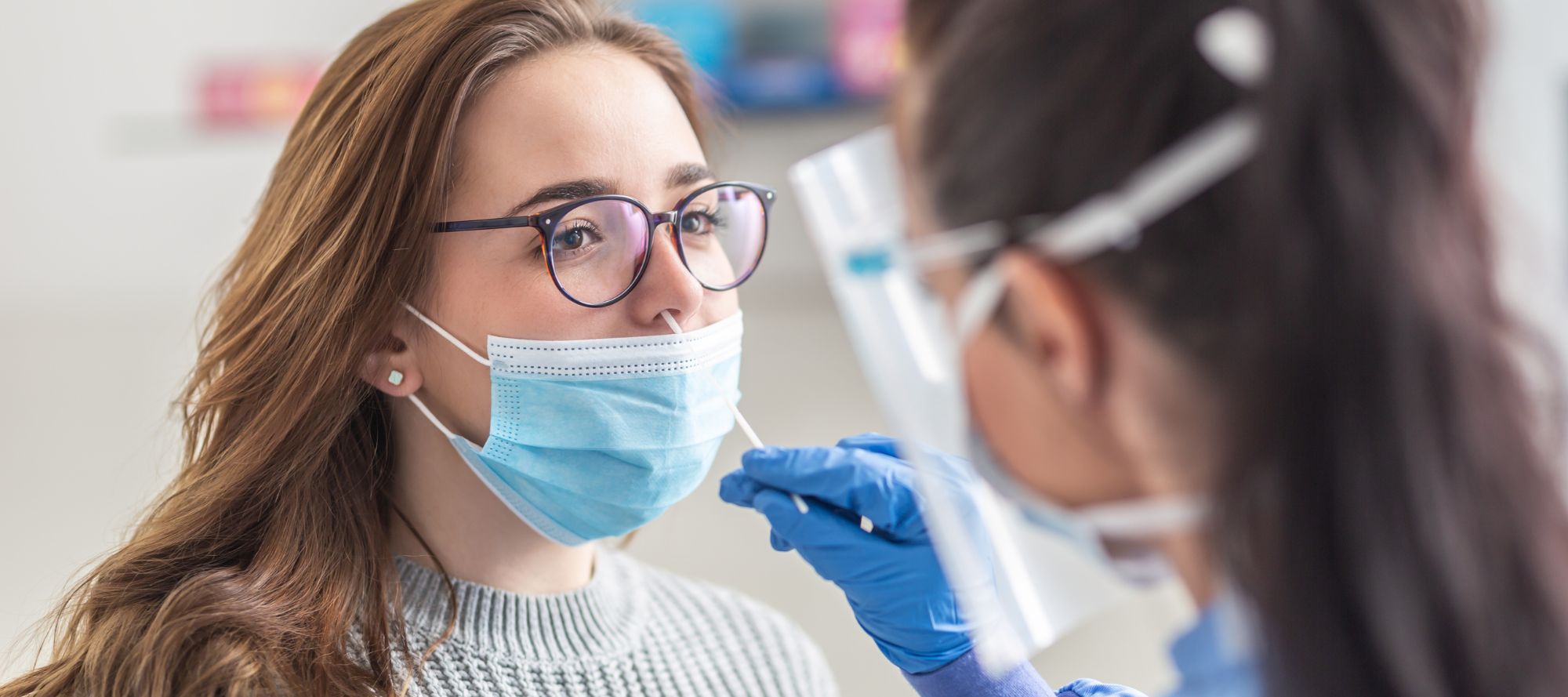- Intrinsic and Effective Severity of Coronavirus Disease 2019 Cases Infected with the Ancestral Strain and Omicron BA.2 Variant in Hong Kong
Time-varying and age-specific effective severity measured by case hospitalization risk and hospitalization fatality risk was estimated with all individual COVID-19 case data collected in Hong Kong from 23 January 2020 through 26 October 2022 over six epidemic waves. The intrinsic severity of Omicron BA.2 was compared with the estimate for the ancestral strain with the data from unvaccinated patients without previous infections. Here we are asking this simple but important question. Did something intrinsic to the virus change or are things better thanks to vaccines, pre-existing immunity, the death of the most vulnerable and improved therapeutics? We read that with 32,222 COVID-19 hospitalizations and 9,669 deaths confirmed over six epidemic waves, the age-specific fatality risk in unvaccinated hospitalized Omicron cases was comparable to the estimates for unvaccinated cases with the ancestral strain. Omicron has comparable intrinsic severity to the ancestral Wuhan strain, although the effective severity is substantially lower in Omicron cases due to vaccination. - T-Cell Immunity Against Severe Acute Respiratory Syndrome Coronavirus 2 Measured by an Interferon-γ Release Assay Is Strongly Associated With Patient Outcomes in Vaccinated Persons Hospitalized With Delta or Omicron Variants
These are the results of a prospective, longitudinal study including vaccinated patients hospitalized with Delta and Omicron SARS-CoV-2 variants. Trimeric S-IgG antibodies and SARS-CoV-2 T-cell response were measured using a specific quantitative interferon-γ release assay (IGRA). Primary outcome was all-cause 28-day mortality or need for intensive care unit (ICU) admission. We read that of 181 individuals, (87.3%) had detectable SARS-CoV-2 antibodies, but only (50.8%) showed SARS-CoV-2–specific T-cell responses. So just about everyone has antibodies but only about half have a detectable T cell response. Patients who died within 28 days or were admitted to ICU were less likely to have both unspecific and specific T-cell responses in IGRA. Having both T-cell and antibody responses at admission (0.16 [.05–.58]) and Omicron variant (0.38 [.17–.87]) reduced the hazard of 28-day mortality or ICU admission
- Behavioral factors and SARS-CoV-2 transmission heterogeneity within a household cohort in Costa Rica
These are the results of a household transmission study of SARS-CoV-2 in Costa Rica, with SARS-CoV-2 index cases selected from a larger prospective cohort study and their household contacts were enrolled. A total of 719 household contacts of 304 household index cases were enrolled from November 21, 2020, through July 31, 2021. Blood specimens were collected from contacts within 30–60 days of index case diagnosis; and serum was tested for presence of spike and nucleocapsid SARS-CoV-2 IgG antibodies. Evidence of SARS-CoV-2 prior infections among household contacts was defined based on the presence of both spike and nucleocapsid antibodies. They found that mask wearing by the index case was associated with the household transmission risk reduction by 67% and not sharing bedroom with the index case was associated with the risk reduction of household transmission by 78%.
- Convalescent Plasma for Covid-19–Induced ARDS in Mechanically Ventilated Patients
These are the results of an open-label trial, randomly assigned adult patients with Covid-19–induced ARDS who had been receiving invasive mechanical ventilation for less than 5 days in a 1:1 ratio to receive either convalescent plasma with a neutralizing antibody titer of at least 1:320 or standard care alone. Randomization was stratified according to the time from tracheal intubation to inclusion. The primary outcome was death by day 28. 475 patients underwent randomization from September 2020 through March 2022. Overall, 237 patients were assigned to receive convalescent plasma and 238 to receive standard care. They end up with a shortage of convalescent plasma, a neutralizing antibody titer of 1:160 was administered to only 17.7% of the patients in the convalescent-plasma group while just about everyone, 98% get Glucocorticoids. At day 28, mortality was 35.4% in the convalescent-plasma group and 45.0% in the standard-care group (P=0.03). In a prespecified analysis, this effect was observed mainly in patients who underwent randomization 48 hours or less after the initiation of invasive mechanical ventilation. In the convalescent-plasma group, convalescent plasma with a neutralizing antibody titer of 1:160, 1:320, 1:640, and more than 1:640 was administered in 17.7%, 38.8%, 31.9%, and 11.6%, respectively.
- Olfactory and Gustatory Function 3 Years After ld COVID-19—A Cohort Psychophysical Study
Of the 100 patients enrolled in the study, 88 (88.0%) completed all the follow-up assessments (median [IQR] age at enrollment, 49 [36-56] years; 51 women [58.0%]) and were included in the analysis. A decline in the prevalence of OD was observed during the follow-up, with frequency being 40.9% (36/88), 27.3% (24/88), and 13.6% (12/88), at 1-, 2-, and 3-year evaluation, respectively (Although cases were more likely than controls to have OD 2 years after infection (27.3% vs 10.2%; absolute difference, 17.1%; 95% CI, 4.7%-29.4%), no significant excess of OD was identified 3 years after COVID-19 (13.6% vs 10.2%; absolute difference, 3.4%; 95% CI, −7.3% to 14.1%).
Situation Dashboards

World Health Organization (WHO)
Novel Coronavirus (COVID-19) Situation from World Health Organization (WHO)

Johns Hopkins University (JHU)
Coronavirus COVID-19 Global Cases by the Center for Systems Science and Engineering (CSSE) at JHU

COVID-19 in US and Canada
1Point3Acres Real-Time Coronavirus (COVID-19) Updates in US and Canada with Credible Sources

Genomic Epidemiology COVID-19
Genomic Epidemiology of (COVID-19) Maintained by the Nextstrain team, enabled by data from GISAID.






